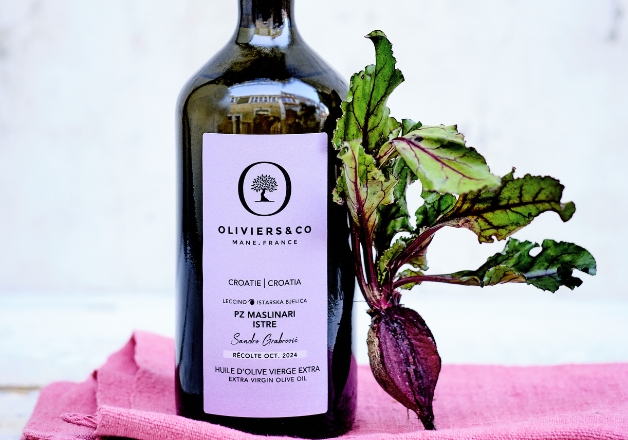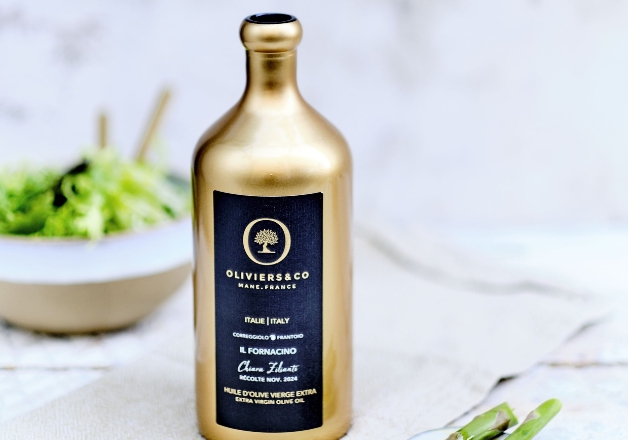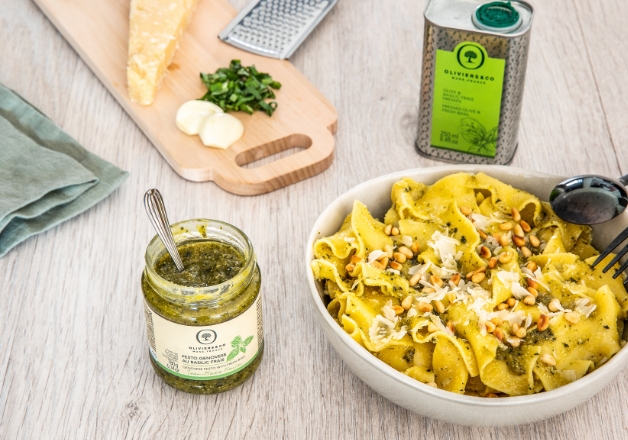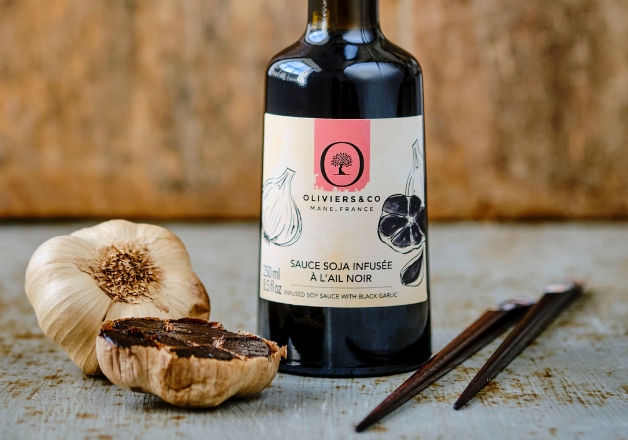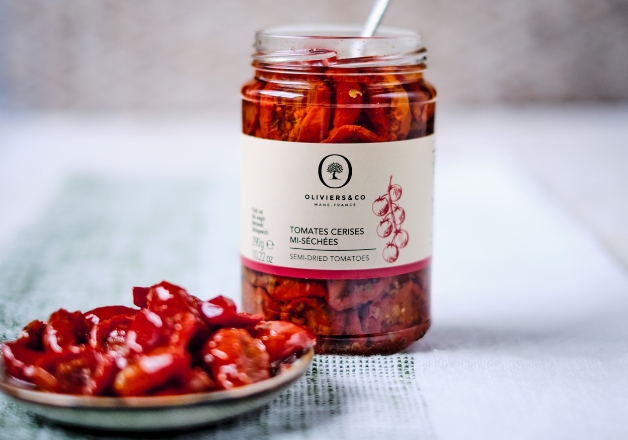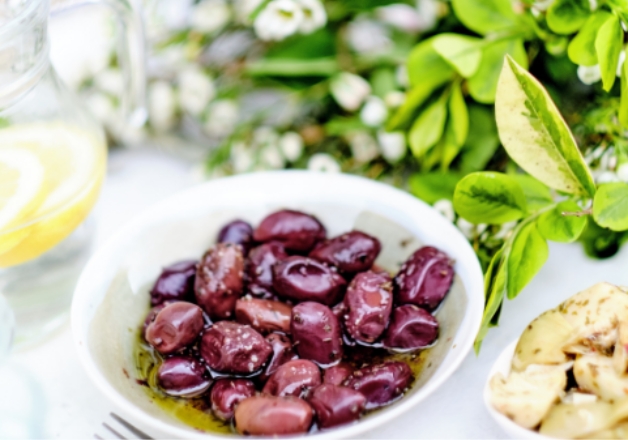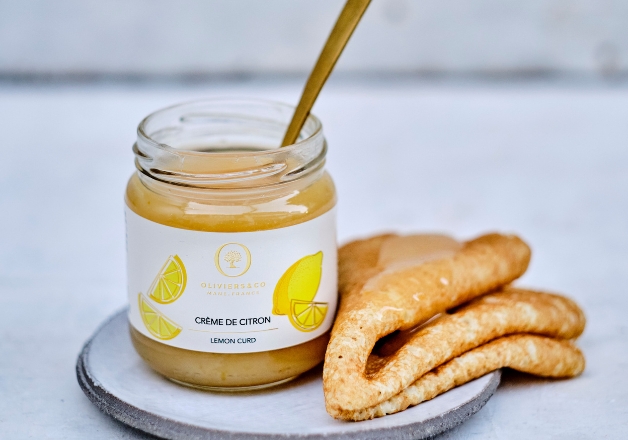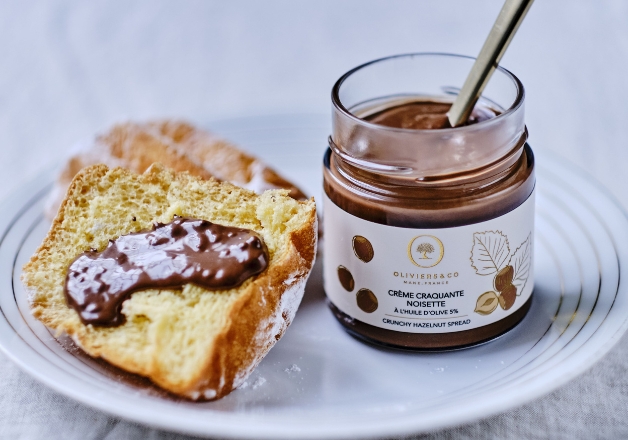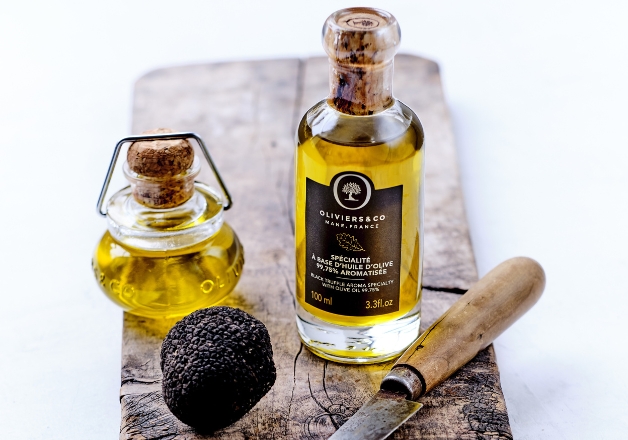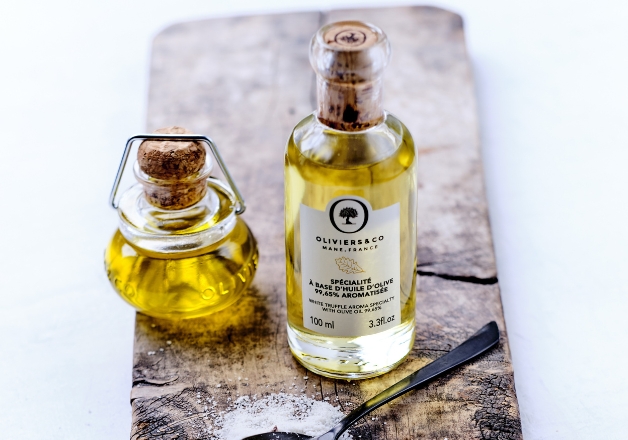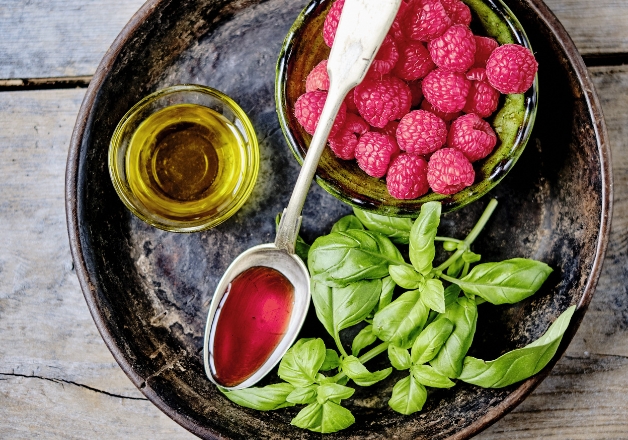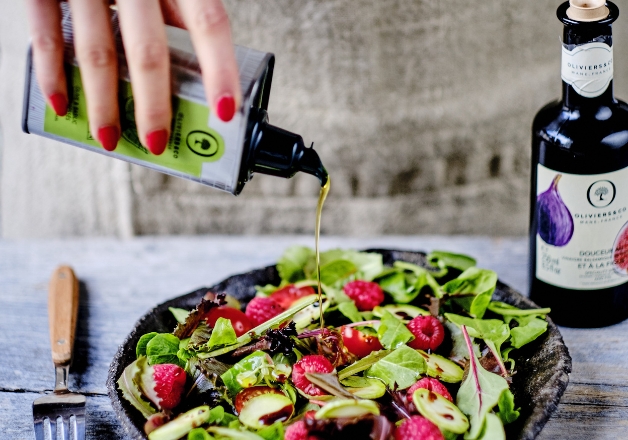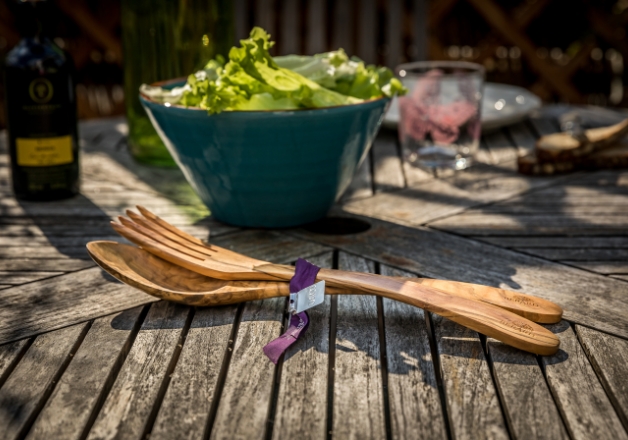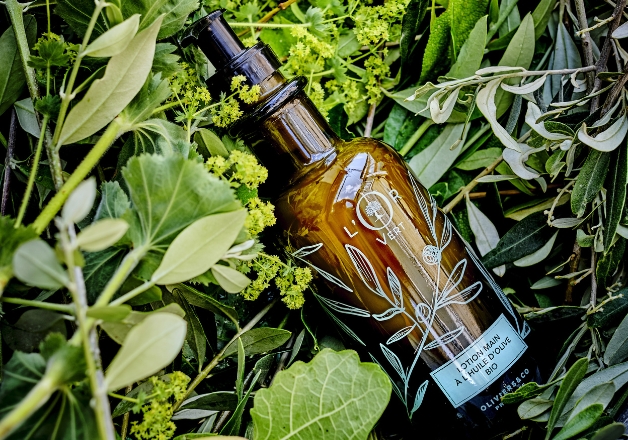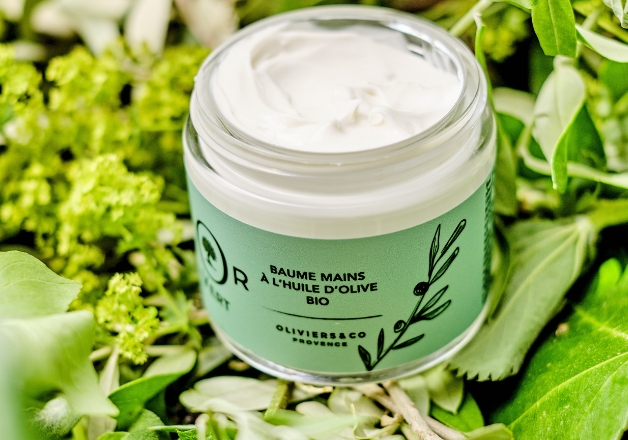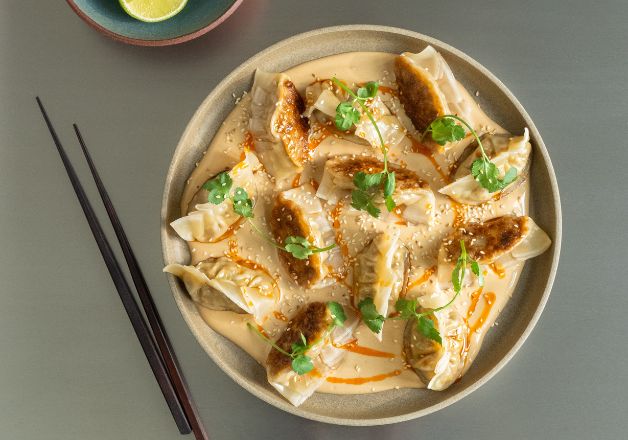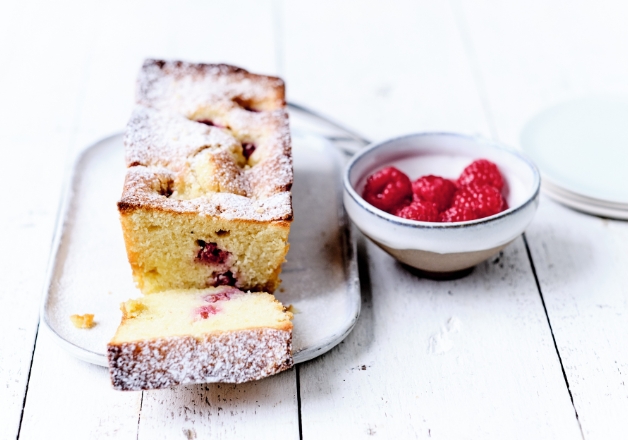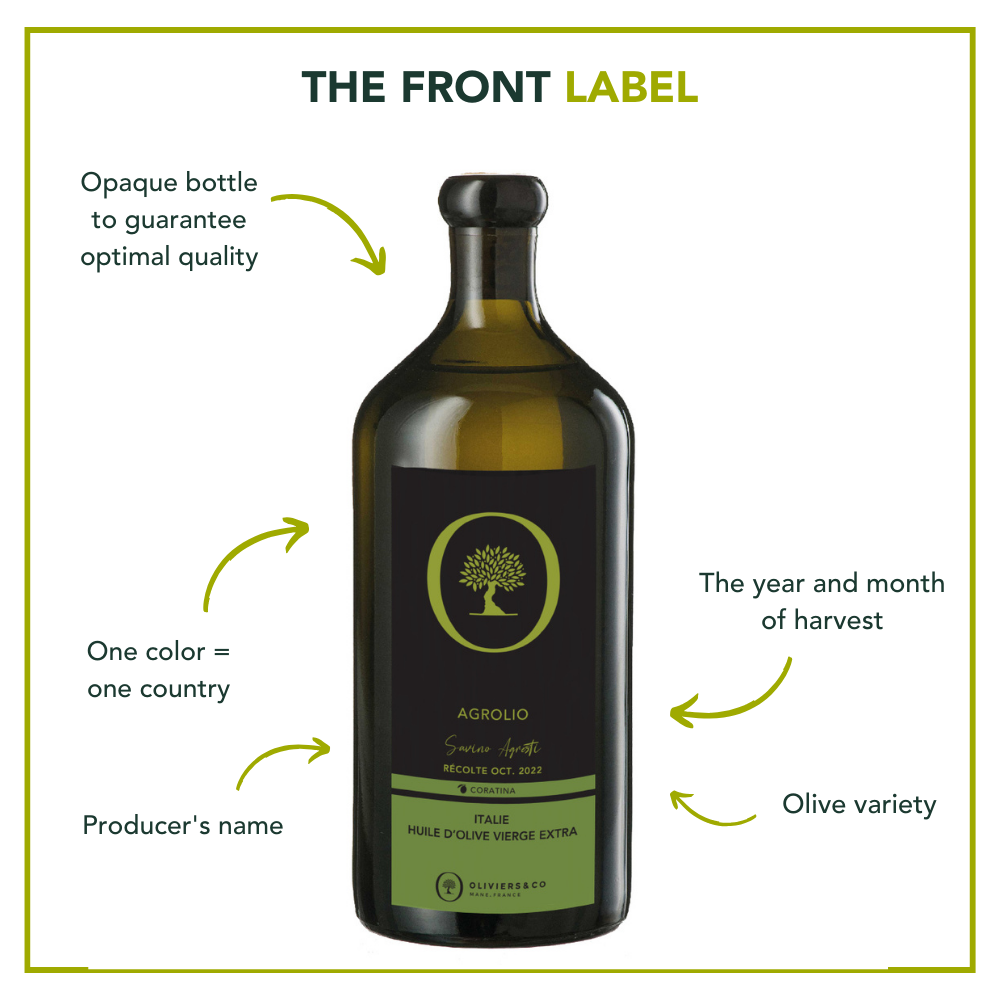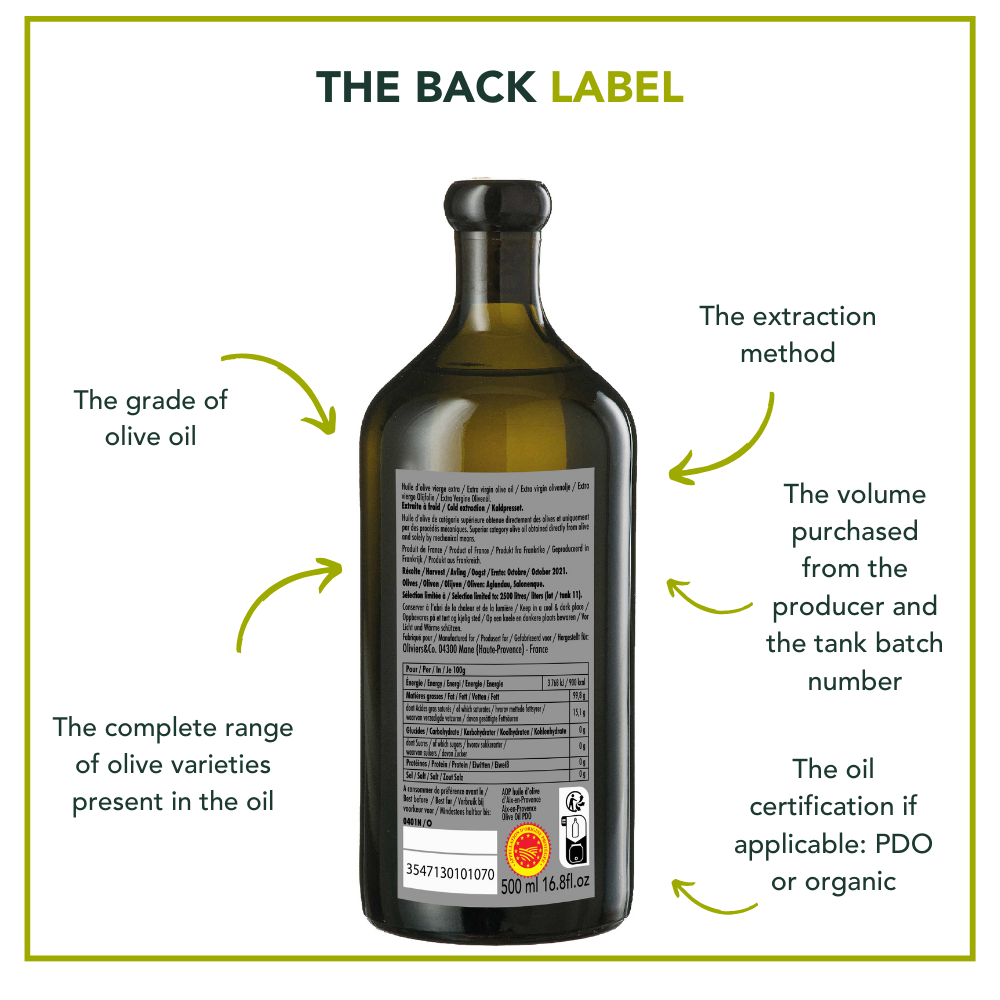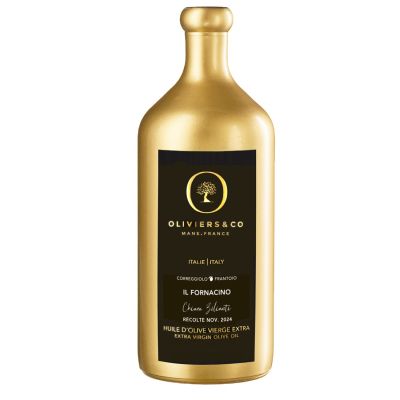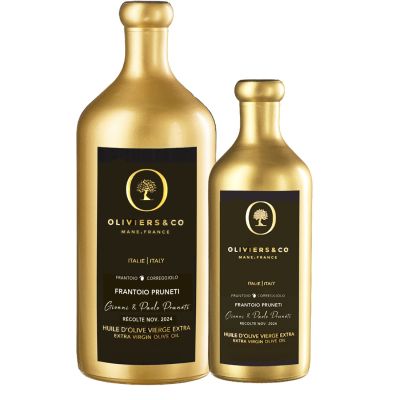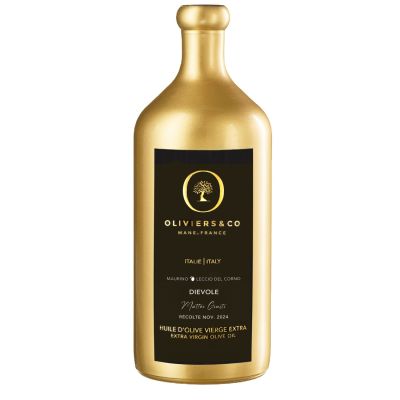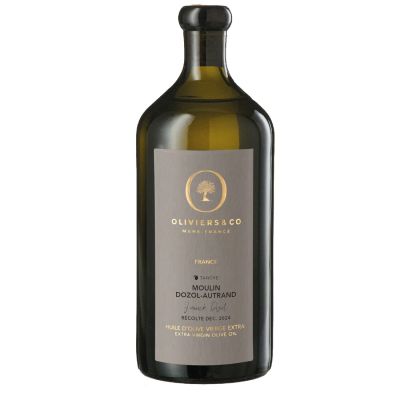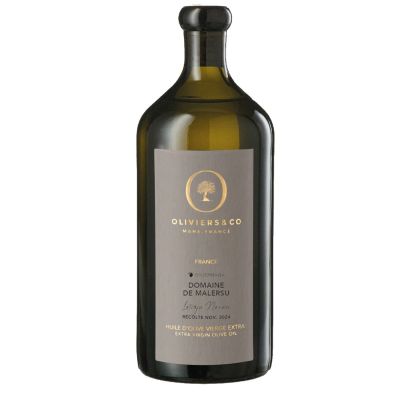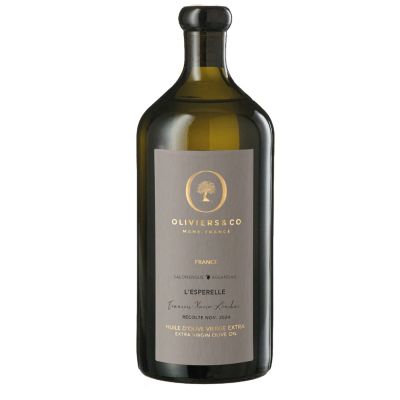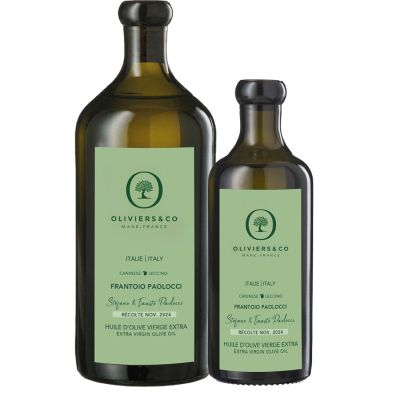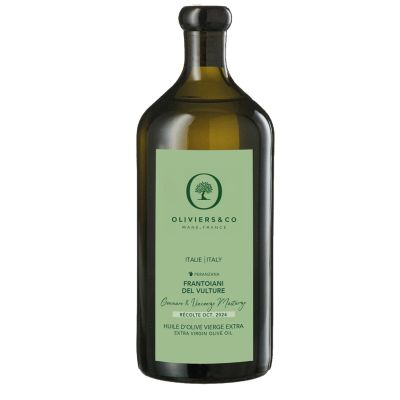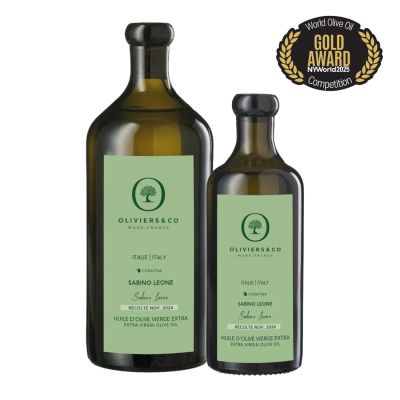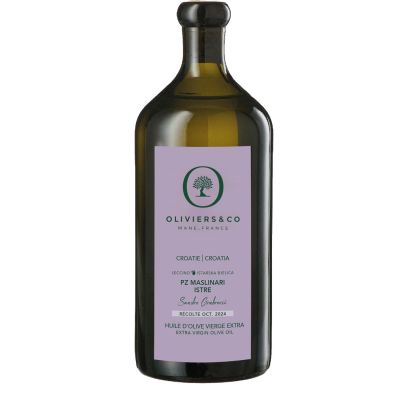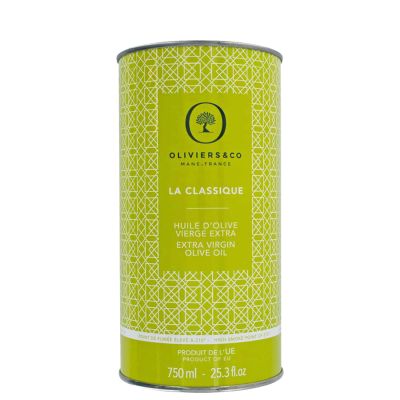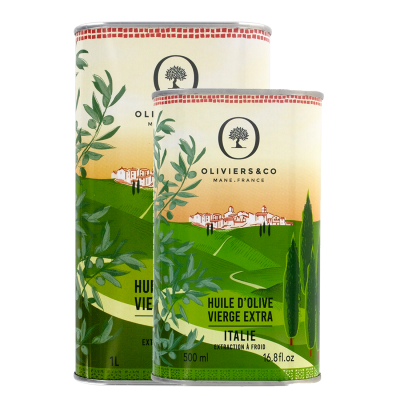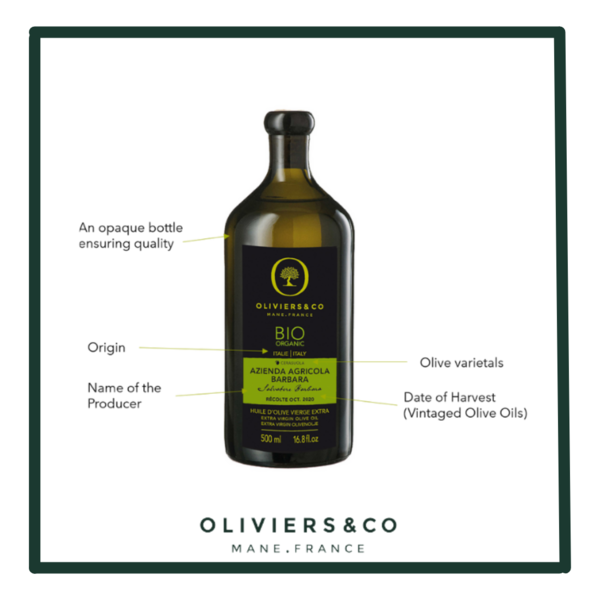

About our Olive Oils Traceability
All our Know How is on your bottle!
Our labels always specify the country of origin, the domain, the producer’s name and the mill, the harvest date, and the varieties of olives. We rigorously inspect all our batches of Olive Oil each year. Production process is traced from harvest to bottling to delivery. Every bottle or tin of Oliviers&Co extra virgin olive oil will always include the “Best Before Date” which reflects the last day Oliviers&Co will sell that particular oil to ensure it is enjoyed at its prime. Alike wine, an olive oil is not getting better with time, keep it away from light!
A unique traceability from the orchard to the bottle
We control more than 1200 batches per year, both on the sensory and gustatory conformity, but also by a rigorous physicochemical analysis. All our oils are then bottled in our workshop in Mane in Haute-Provence. Because we don't want to hide anything from our customers, each label specifies the country of origin, the name of the estate and the producer, the date of harvest and the olive varieties.
At Oliviers&Co, we hold traceability as one of our fundamental principles, ingrained deeply within our ethos. It stands as a cornerstone of our commitment to excellence. Traceability is not merely a process but an integral part of our meticulous selection journey for sourcing exceptional oils. We steadfastly endeavor to furnish our valued consumers with a wealth of information concerning our olive oils. Every nuance of their characteristics and every facet of their history are meticulously documented and prominently displayed on the labels of our olive oil bottles.
How to read our labels?
Oliviers&Co ensures transparency and quality in its olive oils, emphasizing the importance of craftsmanship, close relationships with producers, and the maximum freshness of vintage grand cru oils.
On the front label, you can obtain a comprehensive profile of the selected oil thanks to the following elements:
- The predominant olive varieties in the olive oil.
- The name of the estate: reflecting the terroir and flavors found in your olive oil. Our oils are bottled in our factory in Mane, but we highlight the location where the olives were harvested (unlike many bottles on the market that only mention EU or non-EU origin).
- The name of the producer: behind every oil lies the craftsmanship and diligence of a man or woman with whom we maintain close relationships.
- The harvest date: a true indicator of quality, as olive oil, unlike wine, does not improve with age. It is advisable to purchase it in small volumes (½ liter) and store it away from light. Our olive oil grand crus are vintage, meaning we do not blend oils from different harvest years, ensuring maximum freshness.
On the back label, you will delve even deeper into your understanding of the oil you have chosen, where you will find:
- The olive oil category: at Oliviers&Co, we only offer the best, extra virgin olive oil.
- The extraction method: cold extraction ensures the preservation of the oil's properties, both organoleptic and nutritional. (In contrast, most vegetable oils are extracted with heat and then refined, greatly altering their properties and making some even harmful to health.)
- The complete range of olive varieties present in the oil: each olive oil is the result of a precise blend, where the selected olive varieties contribute their uniqueness, giving each oil in the collection a unique taste.
- The volume purchased from the producer and the tank batch number: our vintage oils are inevitably available in limited editions, and we trace every step of their production.
- The oil certification if applicable: PDO or organic. Depending on the cultivation method or region and the production criteria it meets, some olive oils benefit from an appellation that we mention here. Two-thirds of our collection are certified, but sometimes we cannot clearly indicate it.
Why? An AOP (Protected Designation of Origin) is a European label that guarantees that the product has been processed and produced in a specific geographical area. At Oliviers&Co, we bottle all our oils in Mane, Provence, therefore we cannot mention the AOP of our oils from Italy or Spain even if some of them are.
For example, the Monva estate is located in the Sierra Mágina natural park. Monva oil benefits from the Sierra Mágina AOP, but we cannot specify it on our bottle because the bottling location is different from the processing location.
The traceability of our oils does not stop at the olives; all the elements that make up your bottle also come from the Mediterranean basin: our bottles are made by an Italian glassmaker, our corks by a Portuguese cork manufacturer, and our labels by a French company. To learn more about our universe, discover the steps of olive harvesting and olive oil production.
What are the elements needed to classify an olive oil?
To classify an olive oil and elevate it to the realm of "great" (or premium) oils, three elements are particularly observed: the level of polyphenols, the acidity level, and the peroxide level.
>> DISCOVER ALL OUR OLIVE OILS <<

